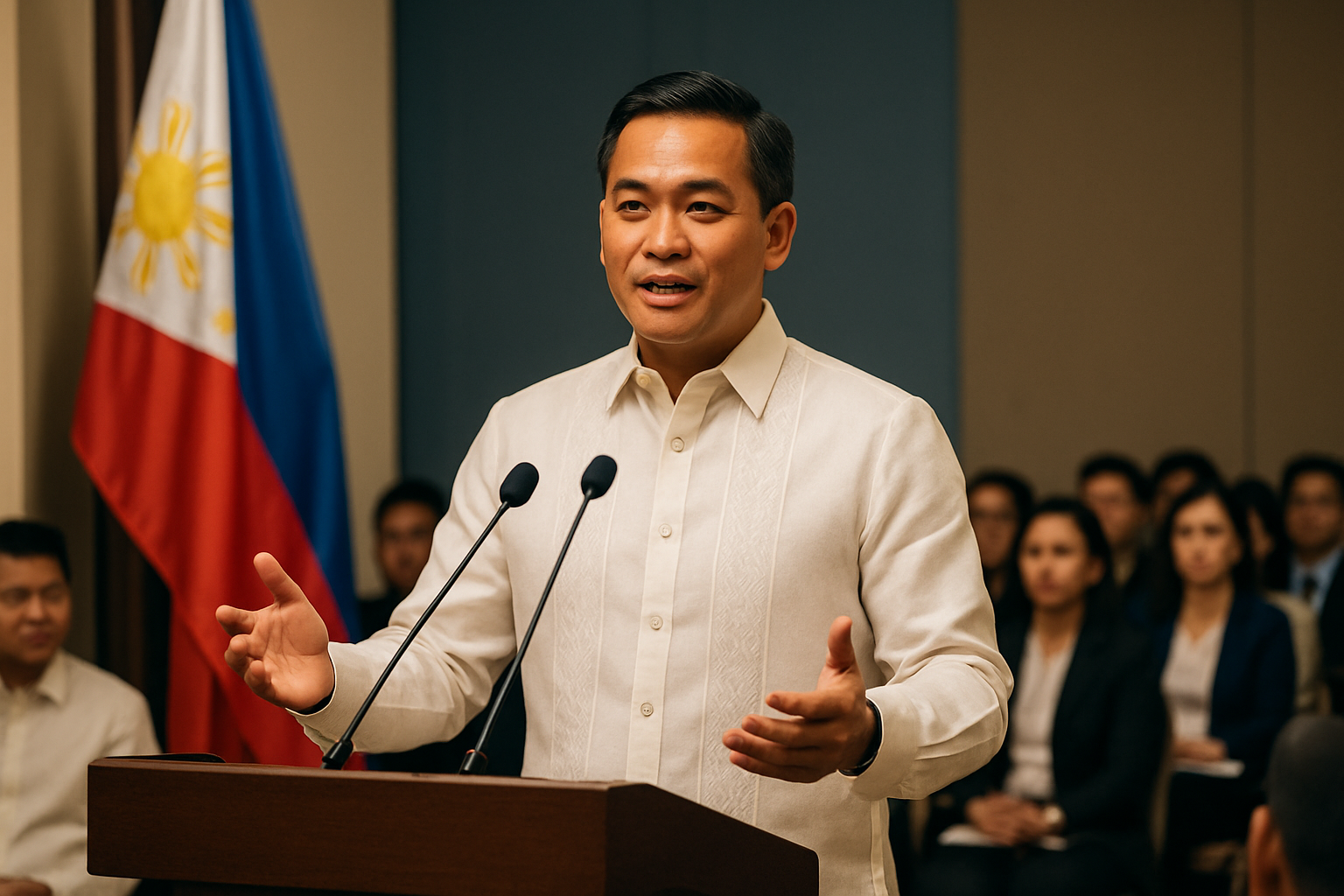In government service, titles and positions may command authority, but they do not guarantee influence or respect. True leadership comes from an executive presence — as a motivational speaker in the Philippines explains, it’s the ability to inspire confidence, build trust, and influence action.
As a motivational speaker in the Philippines, I’ve witnessed how it transforms the way leaders are perceived for their service. It’s not about commanding power, but rather embodying purpose, clarity, and authenticity that resonate with people.
For public leaders, an executive presence is more than a personal skill — it’s a national necessity. Citizens and colleagues alike look for leaders who can project clarity, gravitas, and integrity beyond their rank or role.
What Is Executive Presence?
Executive presence is often misunderstood as charisma or appearance alone. In reality, it is the integration of:
- Gravitas: The depth of character, decisiveness, and wisdom to lead with authority.
- Appearance: Professional image and grooming that reinforce credibility.
- Communication: The ability to speak with clarity, confidence, and compassion.
Together, these three elements — what I call the GAC Model — form the foundation of trust for leaders in government and beyond. Seasoned motivational Speakers in the Philippines may describe this as the “silent strength” of every leader. This brings a balance of humility and confidence that earns both respect and influence.
The best leadership speaker that I know also practices these elements. They don’t rely on words, but their presence emits calm assurance that inspires people to act, a subtle impact of their influence.
For more insights on executive presence, here’s a highlight during my transformative sessions:
Why It Matters for Government Leaders
In the corporate world, executive presence drives business impact. In government, it shapes lives, policies, and public trust.
A government official who lacks confidence in their presence and public speaking may struggle to give inspiration, even with the right policies. Meanwhile, a leader who communicates clearly is able to carry themselves with dignity and wisdom that earns them respect and cooperation.
Much like a leadership keynote speaker who motivates teams to pursue excellence, leaders can also use their influence to empower others. They inspire growth, foster unity, and guide people toward meaningful change.
As a motivational speaker in the Philippines, I always remind leaders that their presence can either elevate or erode public faith. Authentic leadership doesn’t shout — it stands firm, speaks with compassion, and acts with conviction.
“When the righteous thrive, the people rejoice; when the wicked rule, the people groan.” – Proverbs 29:2
The GAC Model in Action
Before a leader can become an inspirational speaker, they must first embody the values they wish to see in their nation. A true leader shows their character, conduct, and communication to uplift and empower those they serve.
Gravitas: Depth of Leadership
Decisiveness, humility, and wisdom define a leader’s gravitas. It shows in how decisions are made—anchored in integrity and long-term impact.
Appearance: Visual Credibility
Appearance as a personal branding is not about vanity—it is about sending the message that you respect your role and the people you serve. A leader’s grooming, attire, and posture communicate values before they even speak.
Communication: Voice of Influence
Filipino motivational speakers understand the power of words as instruments of change. Words shape perceptions. Leaders who speak with empathy, conviction, and clarity, they earn the trust of both their teams and their constituents.
Biblical Leadership Example: Nehemiah’s Gravitas
The story of Nehemiah highlights a leader who modeled executive presence without a high title. He faced opposition, led rebuilding efforts, and inspired a nation with courage and prayerful wisdom.
Like Nehemiah, today’s leaders need a presence anchored in faith, humility, and integrity to build lasting influence.
How to Build Executive Presence
An executive presence is a leadership skill that can be built through intention and consistent practice. Here are simple ways that I recommend so you can start cultivating these characteristics:
- Cultivate Gravitas: Deepen your decision-making with wisdom and courage.
- Polish Your Appearance: Align attire and grooming with the dignity of your office.
- Refine Communication: Practice active listening, clear articulation, and empathetic dialogue.
- Anchor in Values: Align actions with integrity and purpose.
Build Your Executive Presence with Us
Developing your own executive presence takes time and intentional effort. Even as a motivational speaker in the Philippines, I see this as a lifelong calling. That’s why, during my talks, I encourage aspiring leaders to lead with a heart and serve with integrity.
If you’re ready to level up your organization’s executive presence, book Toni Miranda for your next event.
Frequently Asked Questions (FAQs)
Why is executive presence important for government leaders?
Because it inspires public trust, enhances credibility, and allows leaders to influence and inspire beyond their title.
How can leaders develop executive presence?
By cultivating gravitas, refining appearance, and mastering communication—all anchored in integrity and values.



